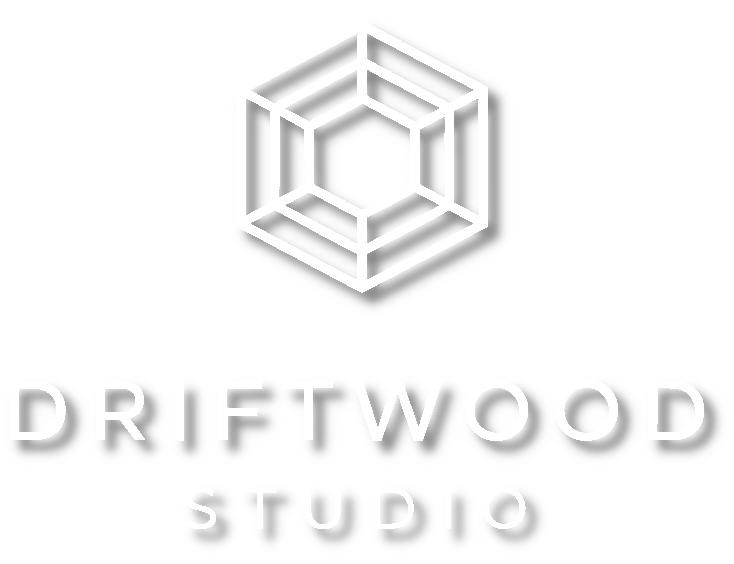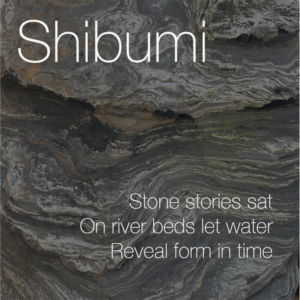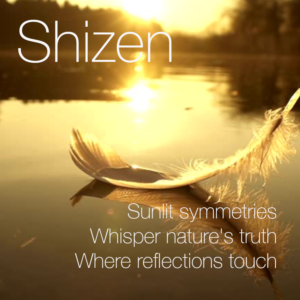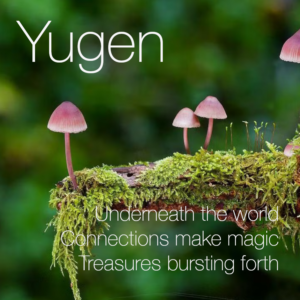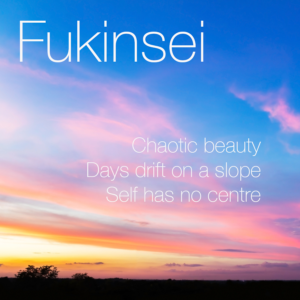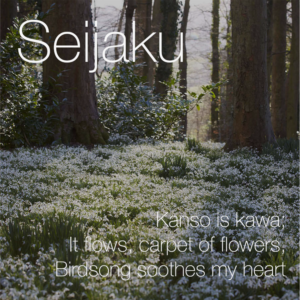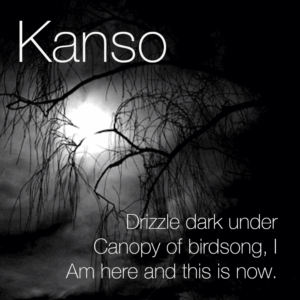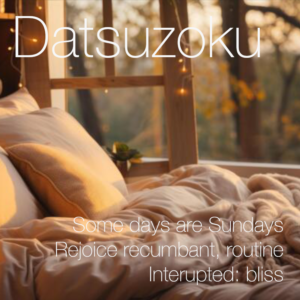Seven Principles of Driftwood Studio
David Nixon (21.02.2025)
The name Driftwood is a translation of the Japanese word Ryuboku. Ryuboku or Driftwood is one of the five core features of the Kawa Model. Kawa, which means river, is used as a metaphor for understanding life flow. In 2014 I travelled to Yokohama and Tokyo with a delegation of occupational therapists from all over the world. We had been working as a global development team under the guidance of Professor Michael Iwama who had first developed the concept in Japan and then in Canada.
These are the deep roots of what has become Driftwood Studio. The Japanese influence is a powerful feature of the way we work. Furthermore, David Brown, who specializes in NLP, also has experience in the application of Lean Manufacturing and Kaizen Process Optimisation. Both of these have their roots in Japan.
As we developed the Driftwood Studio project, more and more of these connections became evident. When we launched Ensō as a workshop it was the aesthetics of the event that I felt were of the utmost importance. To develop the event I looked further into the aesthetic principles of Japanese culture. I had become aware of these on my trip to Japan and the 2014 conference, but I was surprised to see how much we were already incorporating into our work. The process from here will be refinement and more refinement.
Seven Aesthetics
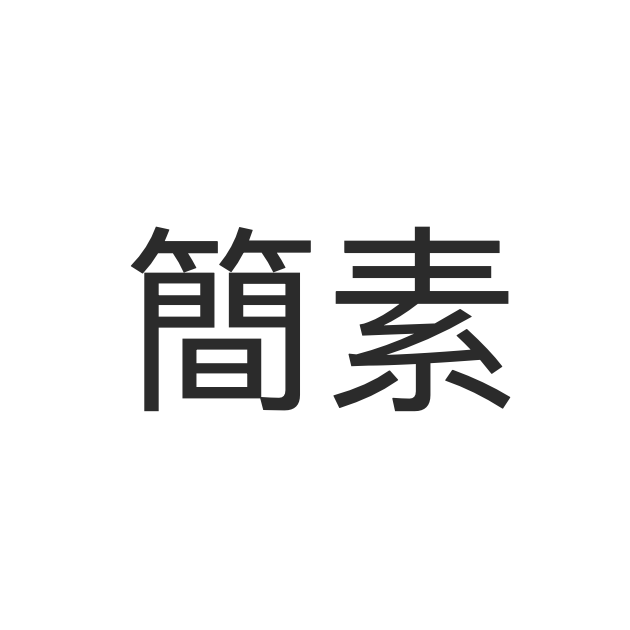
Kanso
Simplicity
When all that is extraneous is removed what remains is poetry. This is a principle I learned from my theatre studies and it is also applicable here.
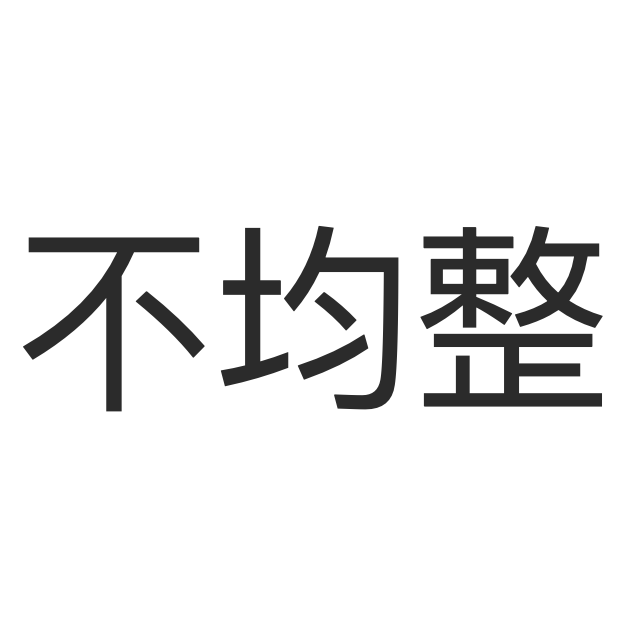
Fukinsei
Asymmetry
When we make an ensō, the circle is often incomplete to express this aesthetic. Asymmetry draws the eye and expresses a certain beauty. Ask any fine dining chef.
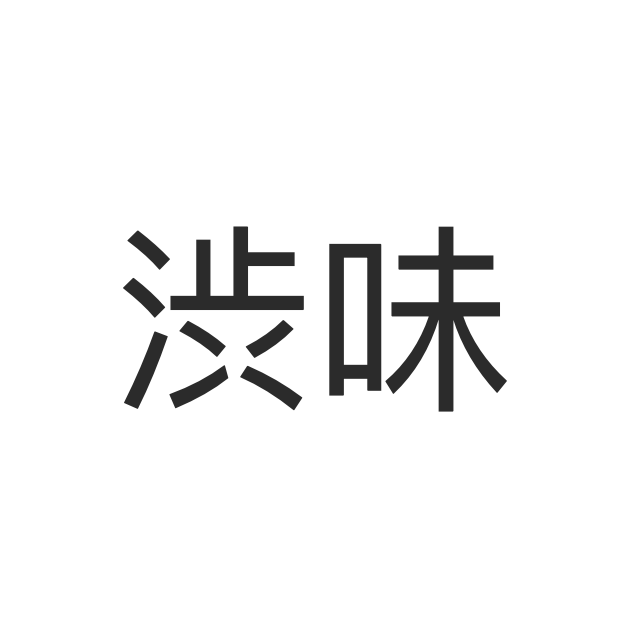
Shibumi
Beauty (from simplicity)
Consider a pool of perfectly still water. A feather falls on that water and causes the faintest of ripples. There is a beauty to this simply event.
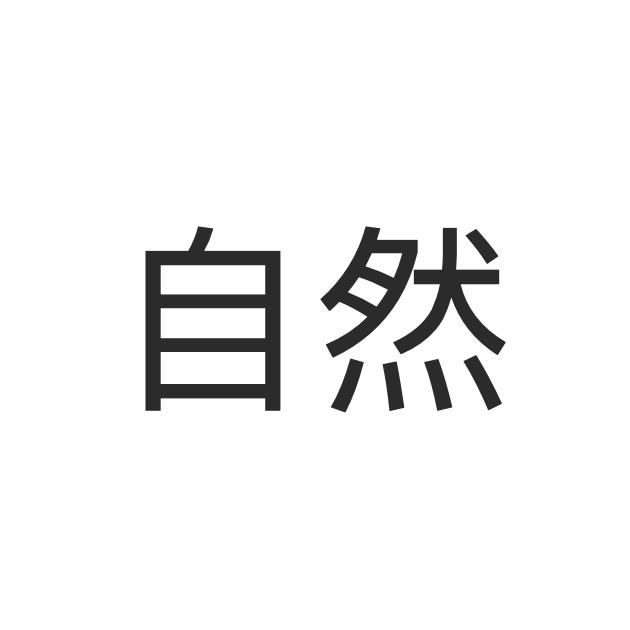
Shizen
Naturalness
In design there is greatest impact when the effort is minimal. Fluidity of movement, gentle curves that suggest rather than dictate. The path of least resistance.
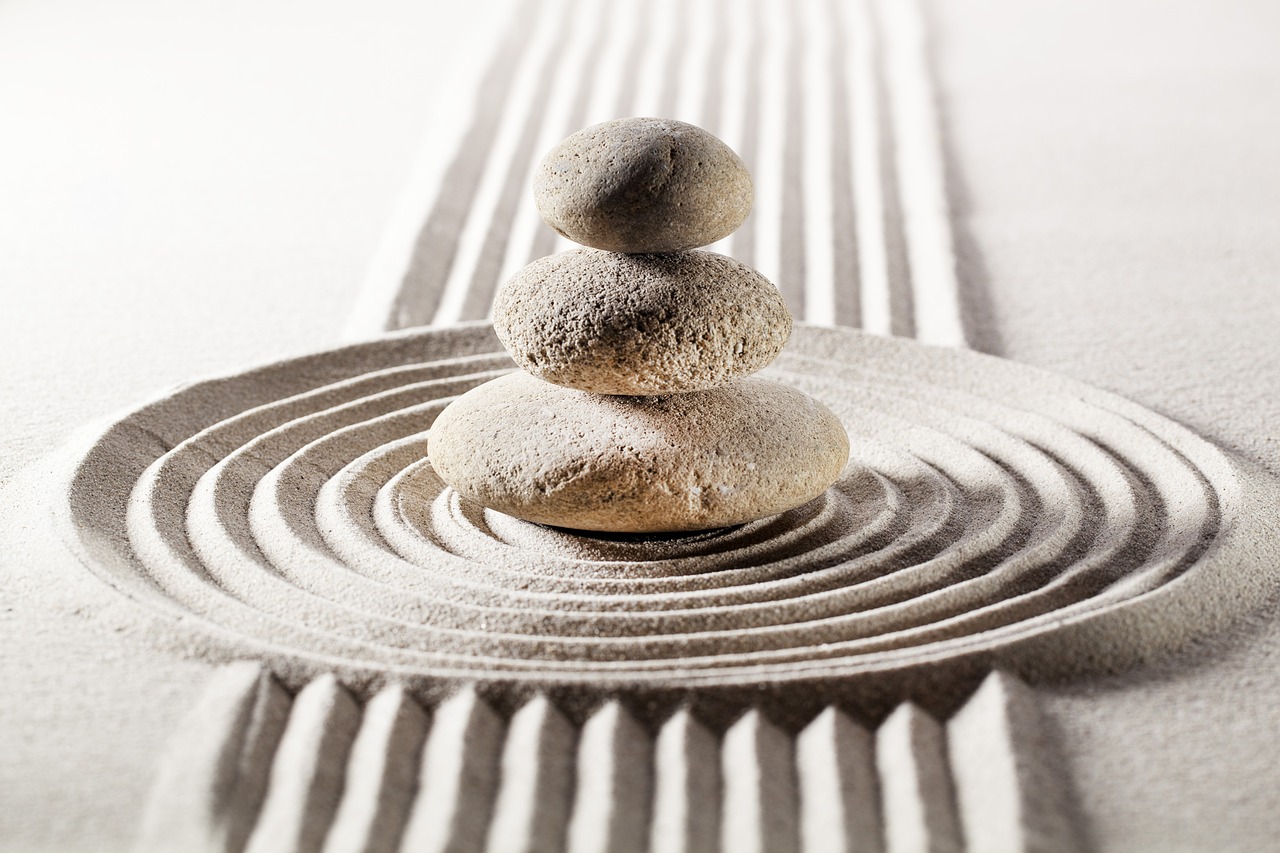
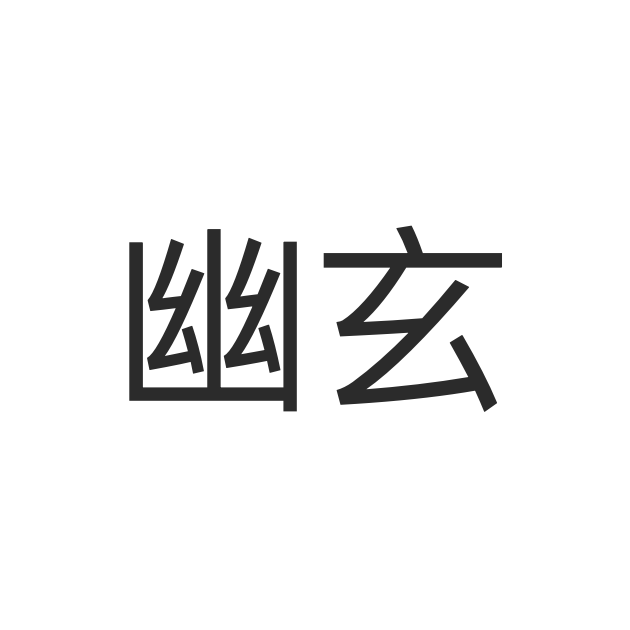
Yugen
Allusion
Subtlety is vital. Subtlety encourages reflection, mindful attention and interpretation. The invisible can be alluded to by what is evident.
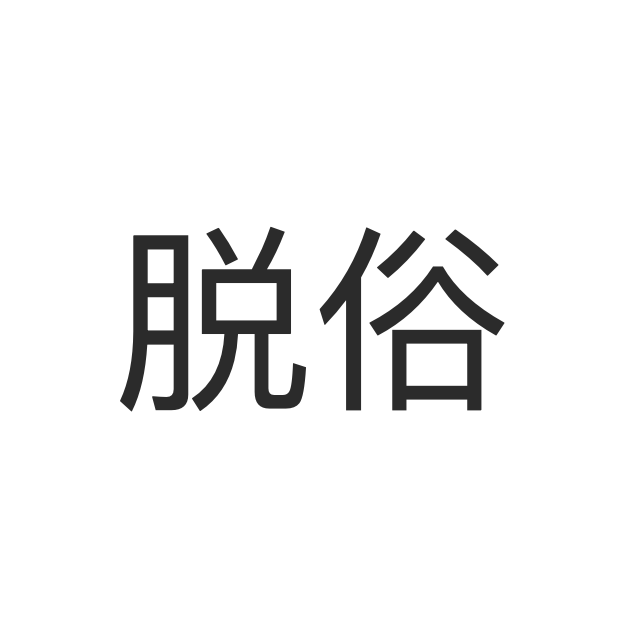
Datsuzoku
Freedom from formula
Breaking from the norm, getting away from habit. This is an important aesthetic at Driftwood Studio where we are all about Creative Freedom and reframing.
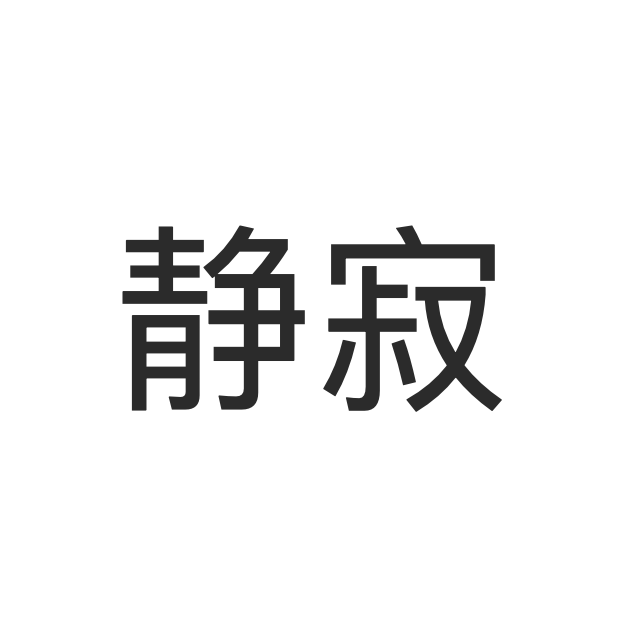
Seijaku
Tranquility
Have you ever been walking in a busy city and slowed right down? How did it feel? When I do this exercise I feel myself in a peaceful place, placid, but not passive.
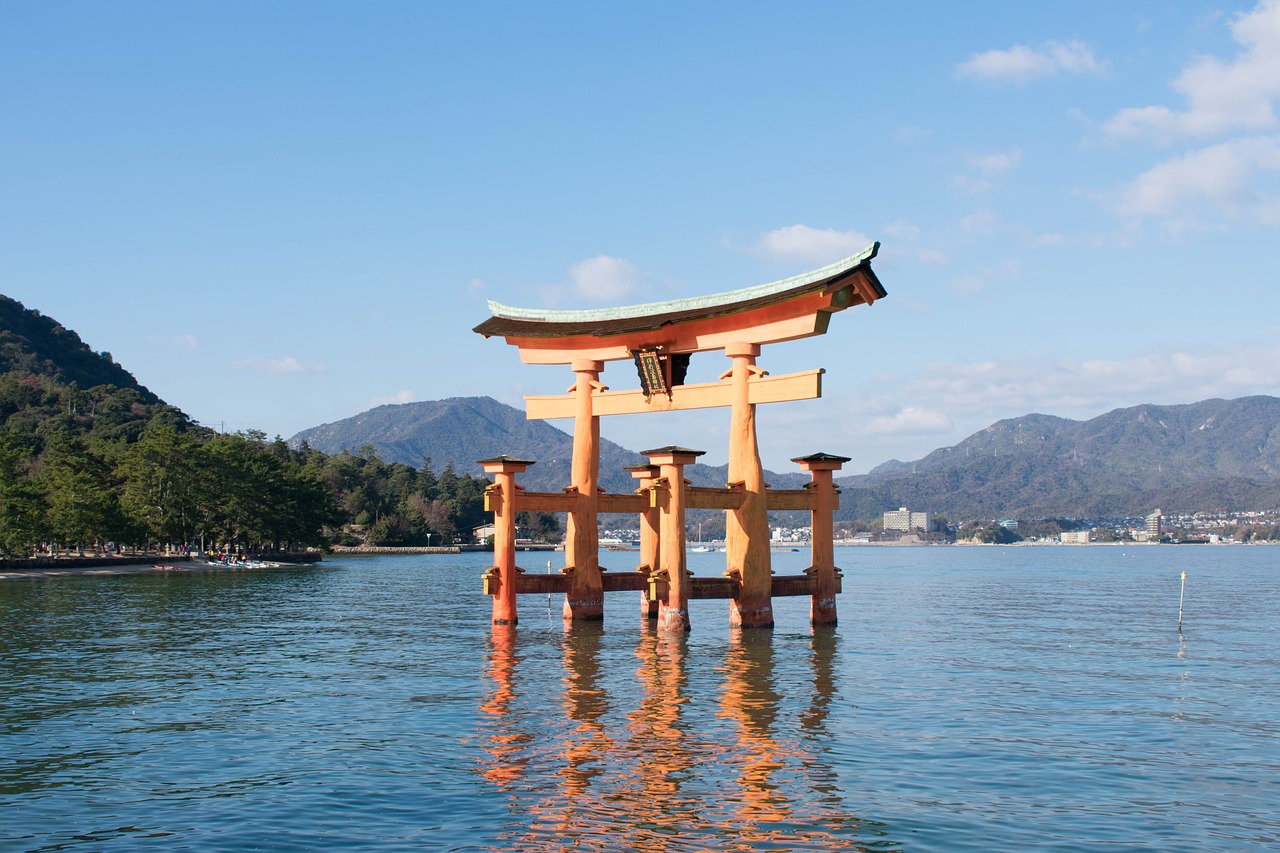
Applying the Aesthetics
In designing our events and delivering both group work and one to one development, we endeavor to apply the 7 aesthetics to maintain three values:
- Efficacy
- Creativity
- Adaptability
We apply the principles of kaizen and kawa to our development process to provide event design that is easily deliverable, repeatable and manageable. There is an elegance to clarity of vision, we seek to embody this in all our work.
Shizen:
If it feels like we are forcing something or over reaching, then we will not pursue it. Even if this means making a sacrifice in the short term, being true to our values and principles is a long term investment. The evolution of Driftwood Studio has been, and will continue to be an organic process. At times this can be frustrating, but we recognise this as an opportunity to learn how to be comfortable with such situations, rather than trying to alter them from a false perspective.
Yugen:
We work intuitively and with an explorer’s curiosity. This means that we are continuously learning and reflecting on our growth and development. By being intuitive we leave the door open to experimenting and adopt an ‘no failure’ policy. We do, we learn, we adapt and grow. This is a natural way.
Datsuzoku:
We learn from experience. We also learn from all those with whom we work, whether as beneficiaries or stakeholders. We seek out contradictions to our thinking and never assume mastery in any situation. By adopting the “beginner’s mind”, we are always looking at the world as children; with curiosity, wonderment and joy.
Seijaku:
Reflection is central to the development of Driftwood Studio. Finding space to be is the first stage of the Creative Freedom process. Being comfortable with our thoughts and finding ourselves in calm and peaceful states, both inner and outer, is your greatest achievement.
Interconnection
You may have noticed that the seven aesthetics connect and support one another. For example, Seijaku or Tranquility, is achieved where there is an effortlessness (Shizen) and simplicity (Kanso) present in both our minds and our environment.
The concept of allusion, or ‘Yugen’, is supported by the asymmetry of ‘Fukinsei’ and nurtures the manifestation of ‘Datsuzoku.’ These are interconnected principles that have both emerged from, and influence the emergence of our work so far.
The relationship between the seven aesthetics and the development of Driftwood Studio is the same as the relationship between a river channel and the water that flows through it. The two are intractable and bound together via the truth that is endless change and development.
Thankyou for reading this article. If you would like to know more about our event design for personal and professional development be sure to contact us, or set up a call.
Alternatively you can explore the Haikus created for the seven aesthetics. For more creative stuff you can also follow us on Instagram.
